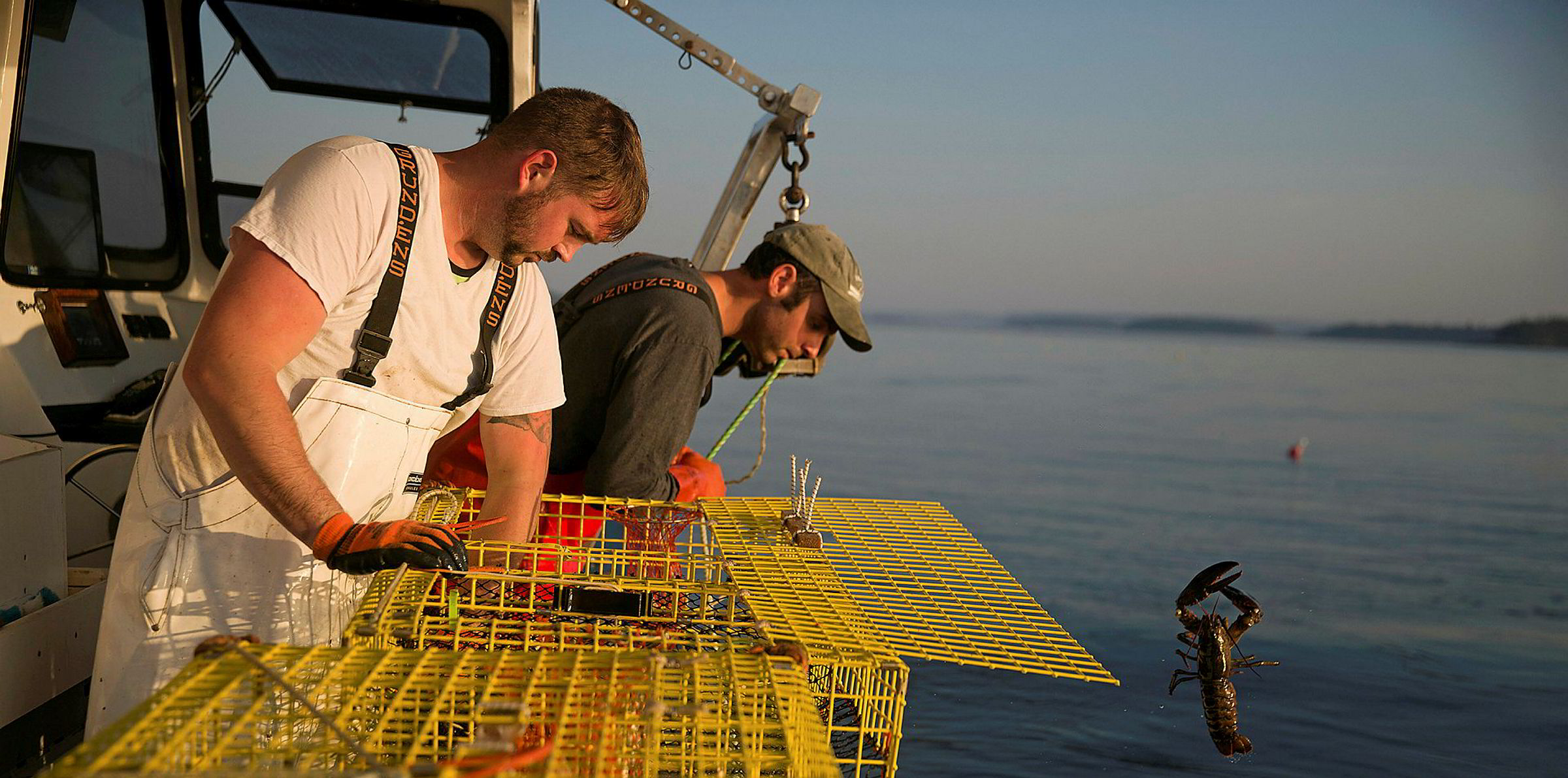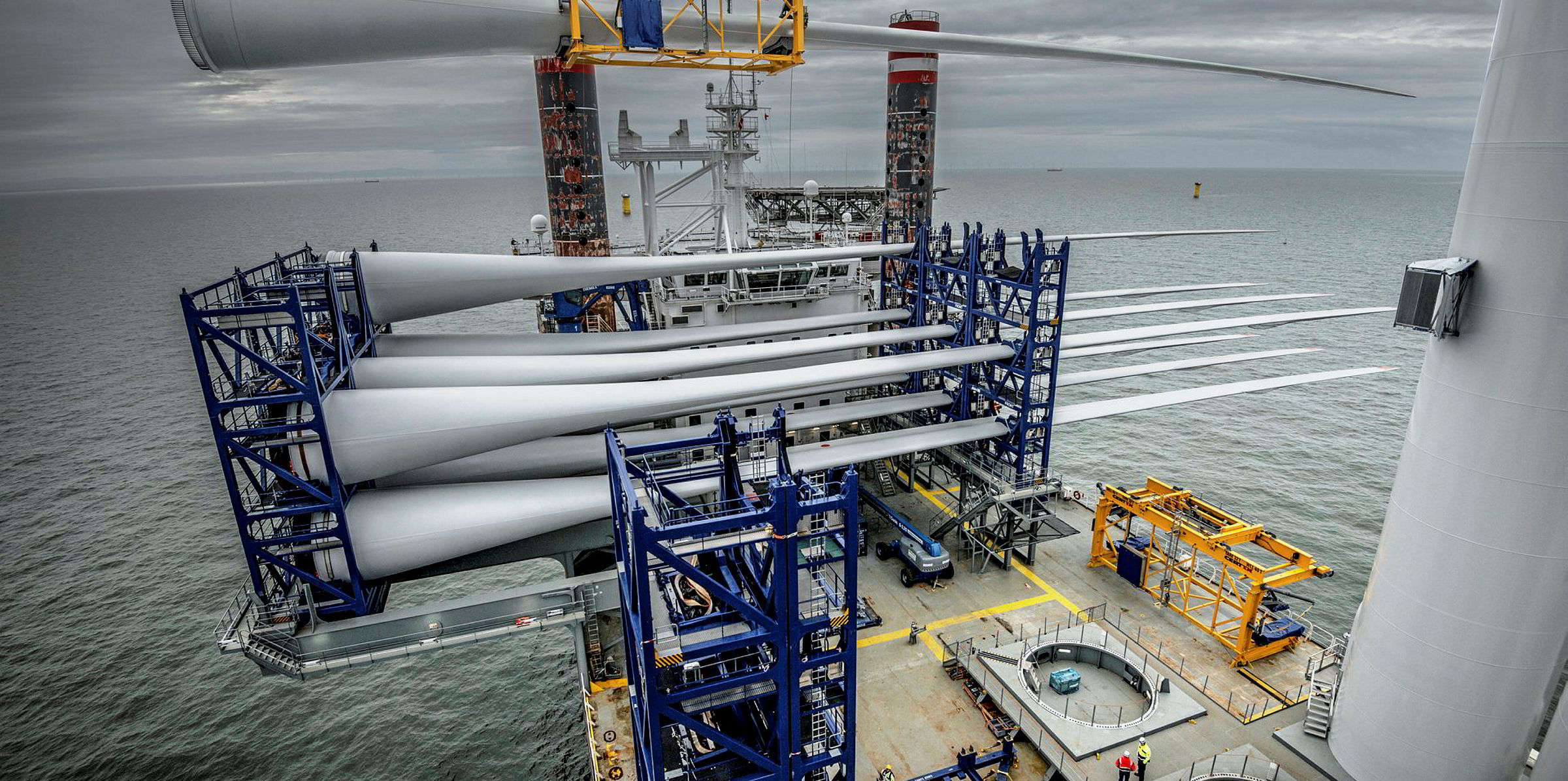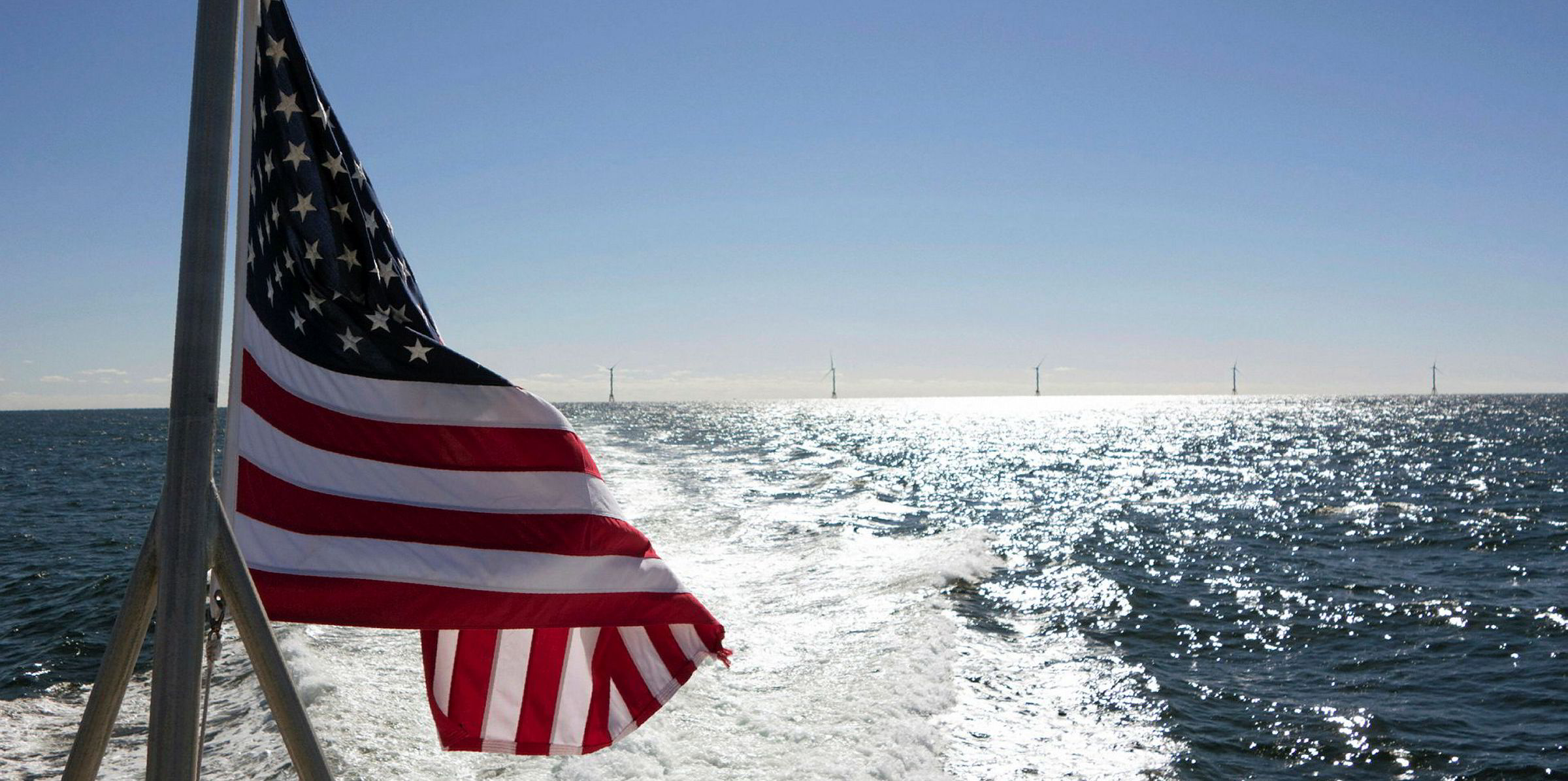The US government on Friday unexpectedly delayed Vineyard Wind’s pioneering $2.8bn wind project off the coast of Massachusetts for further environmental review, marking a serious setback for the developer’s plan to start construction this year.
The Bureau of Ocean Energy Management (BOEM), a federal agency that oversees commercial offshore wind development on the outer continental shelf beyond state territorial limits, gave no timeline for completing the review.
The decision will delay final permitting and raise costs for the 84-turbine, 800MW project, the nation’s first large-scale offshore wind farm, and could result in Vineyard making changes.
Qualifying the project for the federal investment tax credit (ITC), which sunsets for wind at the end of this year, at the highest possible value is also key to the developer’s ability to finance it and deliver electric power long-term at prices approved by the state.
Vineyard is a 50-50 joint venture between Iberdrola’s Avangrid and Copenhagen Infrastructure Partners. Plans call for completing the initial 400MW by end of 2021 and the balance the following year.
Early this spring, BOEM released a draft Environmental Impact Statement (EIS) and both Vineyard and state officials expected the agency would issue a Final EIS in early July. It did not.
On 18 July, Vineyard told the agency it would be challenging to move forward with the project unless it received a Final EIS by the end of this month given the tight timeline to close financing and remaining supply chain contracts.
Vineyard spokesman Scott Farmelant said the federal government’s decision to delay approval of the Final EIS “comes as a surprise and disappointment.” He said the project “remains viable and continues forward,” while urging completion of the review “as quickly as possible.”
BOEM said it would not issue a Final EIS at this time to further study potential cumulative effects of the project on commercial fishing.
Earlier this year, the National Marine Fisheries Service, another federal agency, withheld support for the Final EIS because of Vineyard’s proposed turbine layout – which BOEM initially approved – echoing fishermens’ concerns the project could harm their livelihood.
The “Supplemental” EIS, as BOEM is calling it, which will augment the Draft EIS, will also include a “cumulative impacts analysis” of all wind farms planned along the US east coast.
“Because BOEM has determined that a greater build out of offshore wind capacity is reasonably foreseeable than was analysed in the initial draft EIS, BOEM has decided to supplement the draft EIS and solicit comments on its revised cumulative impacts analysis,” a BOEM spokeswoman said in an email to local media.
She said the agency’s focus was on the Supplemental EIS and no schedule had been set for issuance of the Final EIS.
Negative reaction
BOEM’s decision to delay the project drew criticism from the office of Governor Charlie Baker, a Republican, as a “step in the wrong direction,” while US Representative William Keating, a Democrat who represents Cape Cod near the project, called it another example of the Trump administration’s “hostility toward those seeking to combat climate change.”
Baker has been the highest profile Republican elected official along the Atlantic coast in support of offshore wind development. His administration is moving to allocate another 800MW of capacity later this year and he favors a further 1.6GW between 2022 and 2024.
American Wind Energy Association chief executive Tom Kiernan called the move “regrettable” and one that would undermine a major US economic growth opportunity.



